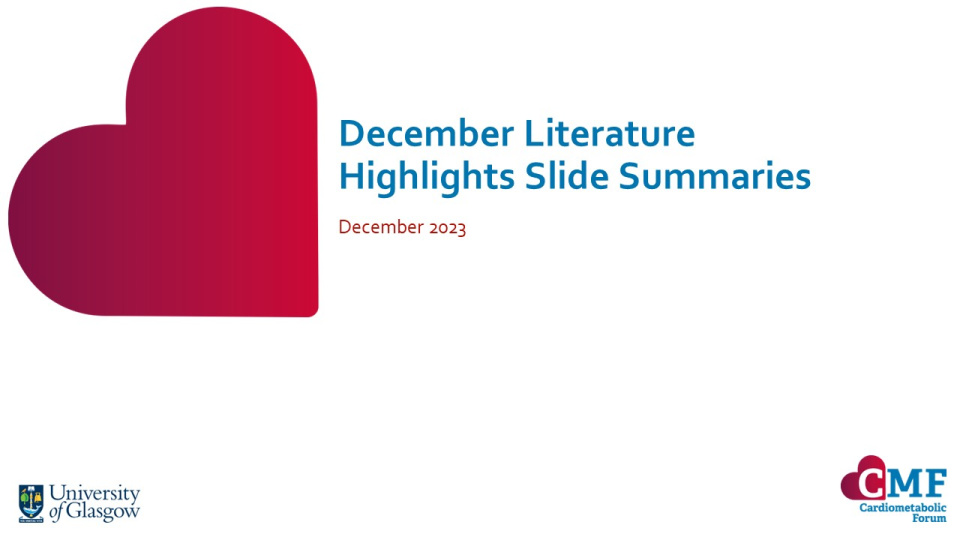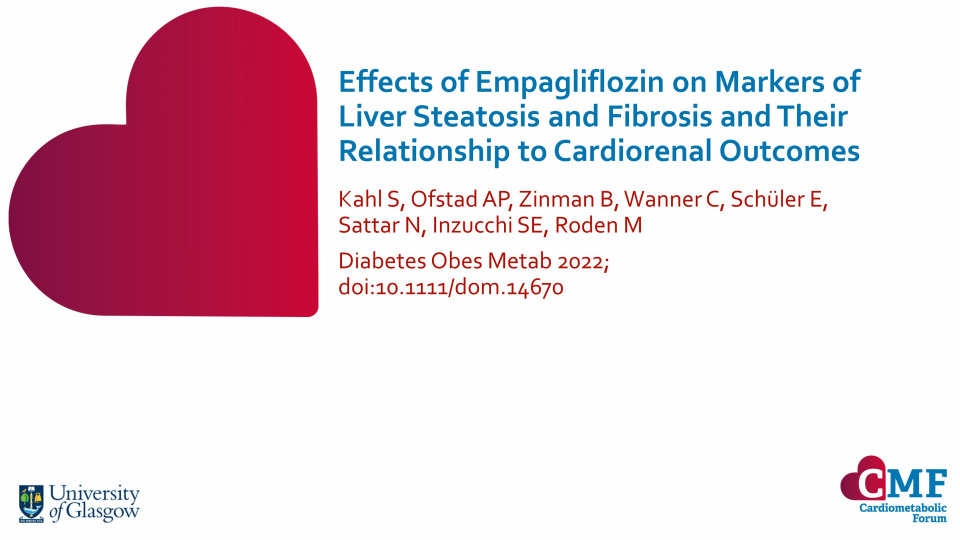Publications
Stay up to date with our literature reviews which are curated by experts to feature the most important publications released each month. Explore our publications for access to concise summary slides for your own use.
March 2022
Effects of Empagliflozin on Markers of Liver Steatosis and Fibrosis and Their Relationship to Cardiorenal Outcomes
Diabetes Obes Metab 2022; doi:10.1111/dom.14670
In this study of adults with T2D and established CV disease, the proportion of patients at high steatosis risk decreased slightly in patients treated with empagliflozin compared with patients treated with placebo. Fibrosis risk was not reduced.


